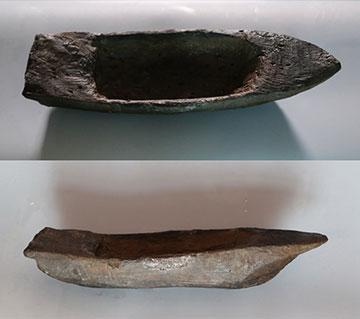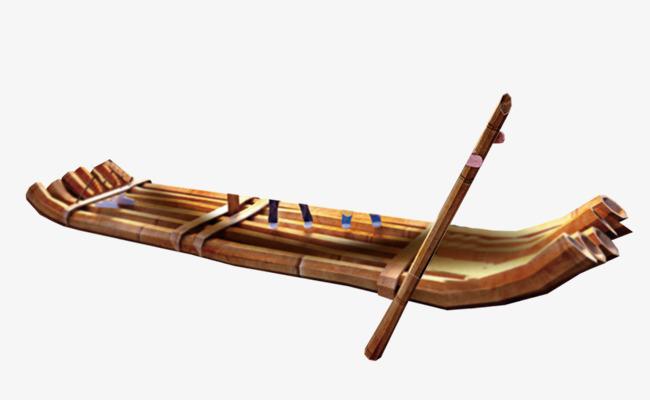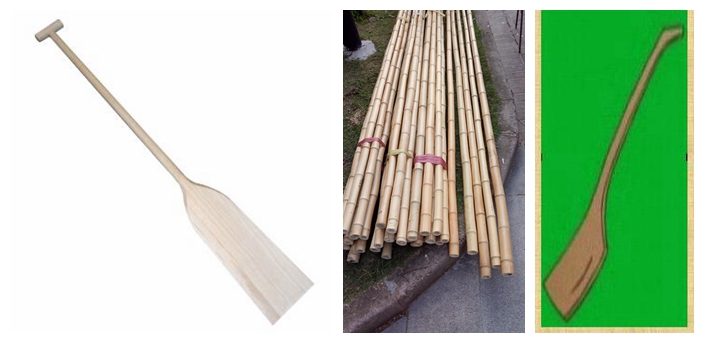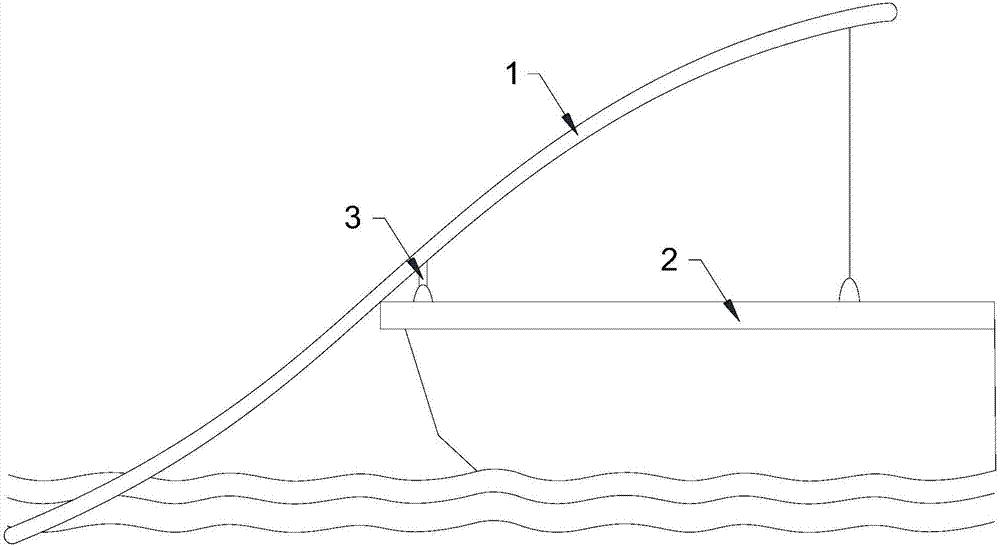The history of humans using ships as a means of transportation is almost as long as the history of human civilization. From the ancient canoe development to the modern transport ship, it has generally experienced four eras: the era of boat rafts, the era of sailing, the era of steam engines and the era of diesel engines.
Boat Age
Humans use boats and rafts as tools for transportation, hunting and fishing, at least in the Stone Age. The ancient wooden paddle unearthed in Zhejiang in 1956 is identified as a Neolithic relic 4,000 years ago. Explain that the history of boat rafts can be traced back to prehistoric times.
Canoe
Primitive humans burned huge tree trunks with fire or stone axes into hollow canoes, which are the oldest water transportation vehicles. It's traces all over the world, and the residents of South America and the South Pacific Islands still use canoes as a means of production and transportation.

Canoe
Raft
Ancient humans have known to tie tree trunks, bamboo poles, reeds, etc. into a raft, or use animal skins to make a raft, and float on the water. The raft has a shallower draft than a canoe, and it sails smoothly, and it is easy to obtain materials and easy to manufacture. In the mountain streams of southeast China, the use of bamboo rafts as a means of transportation is still quite common.

Raft
Wooden boat
After entering the Bronze Age, mankind's ability to process wood improved, so logs were processed into planks to build ships. Plank boats can be made larger than canoes and perform better than rafts. The wooden planks are flat or overlapped to form the hull, and the inner walls and ribs are used to increase the strength and form several cabins. In the early wooden boats, fiber ropes or leather straps were used to tie the board and the board, and between the board and the frame members, and later connected with copper nails or iron nails. Linen cloth and putty are used for caulking between the board and the board to make it watertight.

Wooden boat
Paddle, Zhu and Lu
Ships in the raft era were propelled and maneuvered by manpower, and the tools used were oars, poles and sculls. The paddle is not limited by the depth and breadth of the water area, and it is widely used in the Mediterranean area. The rowing boats of ancient Rome used slaves to row oars. There were as many as dozens or even hundreds of oars per boat. The rod can directly touch the bottom and the bank of the river, and it is light to use, and is mainly used in shallow water channels. The scull is a rowing tool that is more advanced than the oar. It has high efficiency and does not occupy the surface of the water. It has both the functions of propulsion and steering. It is widely used on wooden boats in the inland rivers of China.

Paddle, Zhu and Lu

Ship scull anti-drop device
Source: Chinese Society of Navigation






